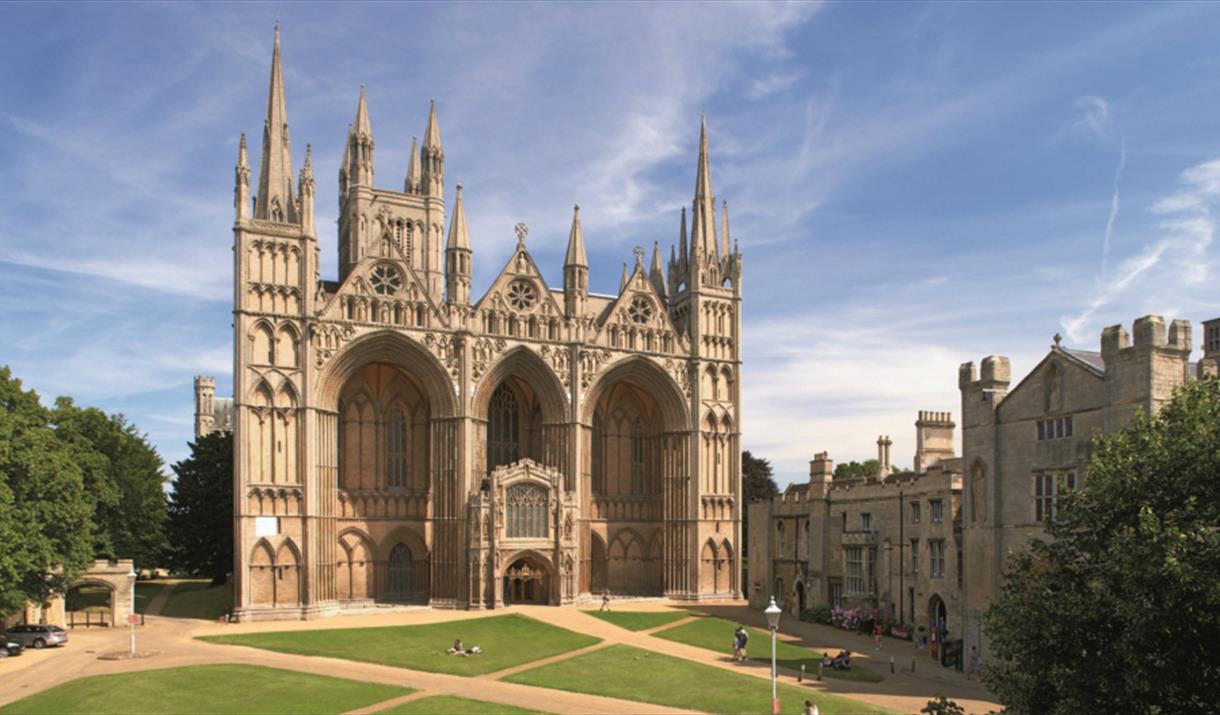local attractions
Top amongst these is the nearby town of Stamford – proclaimed by Sir Walter Scott as “The finest stone town in England.”
Stamford has 17th and 18th-century stone buildings, older timber-framed buildings and five medieval parish churches.
Stamford is a frequent filming location (Middlemarch (1994), My Mad Fat Diary (2013–2015) Pride & Prejudice (2005) – used as the village of Meryton, The Da Vinci Code (2006), The Golden Bowl (2000)) and the town centre is home to many independent shops – drawing people from a wide area for the pleasure of shopping, often in traffic-free streets. There are numerous gift shops, men’s and women’s outfitters, shoe shops and florists, as well as hair salons, beauty therapists and eateries.
The licensed premises reflect the history of the town with the George Hotel, The Lord Burghley, The William Cecil, The Danish Invader, The Scotgate (and previously The Daniel Lambert) together with the Easton on the Hill, nearly thirty premises serve real ale.
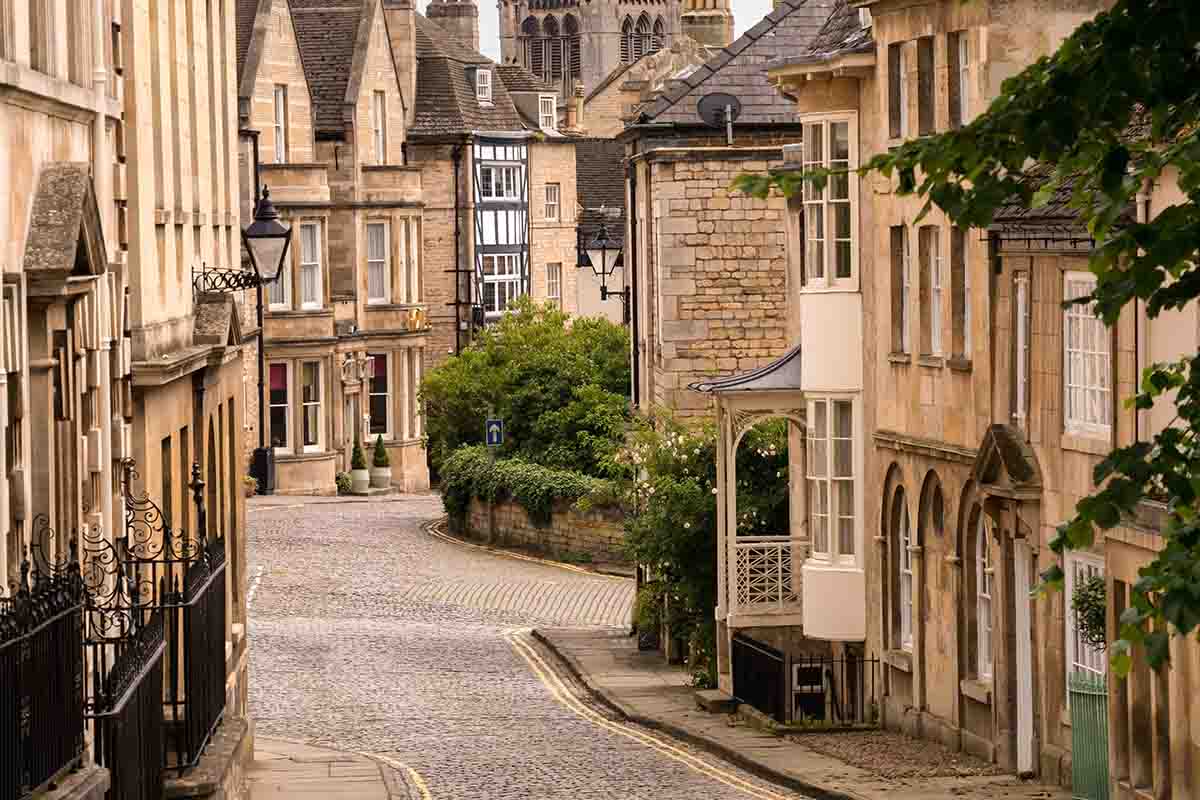
A grand sixteenth-century English country house near Stamford, PE9 3JY. It is a leading example of the Elizabethan prodigy house, built and still lived in by the Cecil family. The exterior largely retains its Elizabethan appearance, but most of the interiors date from remodellings before 1800.
The house is open to the public and displays a circuit of grand and richly furnished state apartments. Its park was laid out by Capability Brown. The House and Gardens are closed until March.
From March, open daily (House closed on Fridays), from 11am – 5pm (last admission 4:30pm) until November.
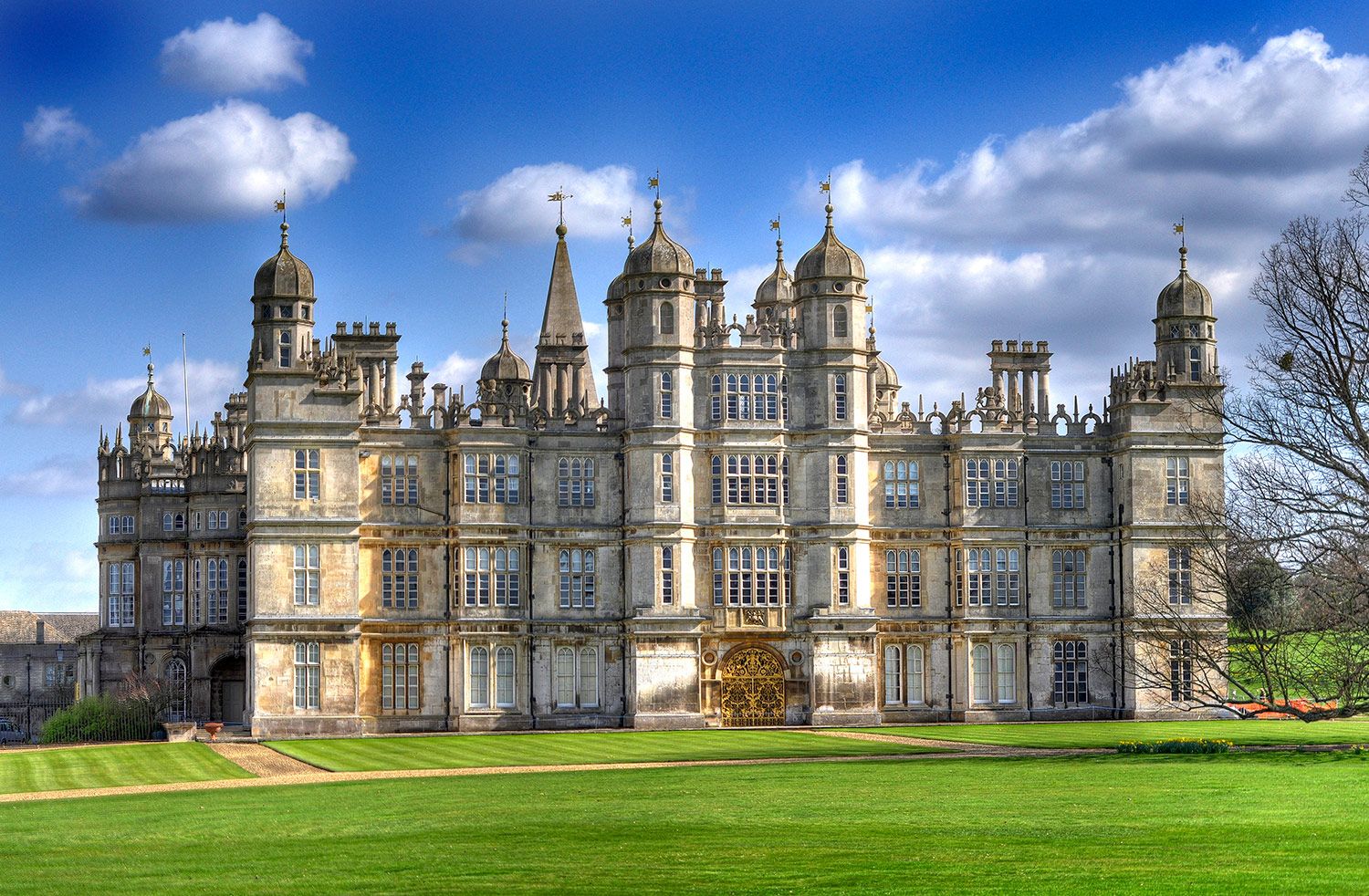
(If you have not had enough of mills!):
In an old flour mill, there are local, wartime, railway collections along with the BRM collection as this was the home for the F1 racing team. BRM (British Racing Machines) was based in Bourne and was instrumental in providing the British challenge for motor racing in the 20th Century with winning championship drivers.
The museum generates its own electricity using the wheel from the mill.
Only open 2-4pm Sat
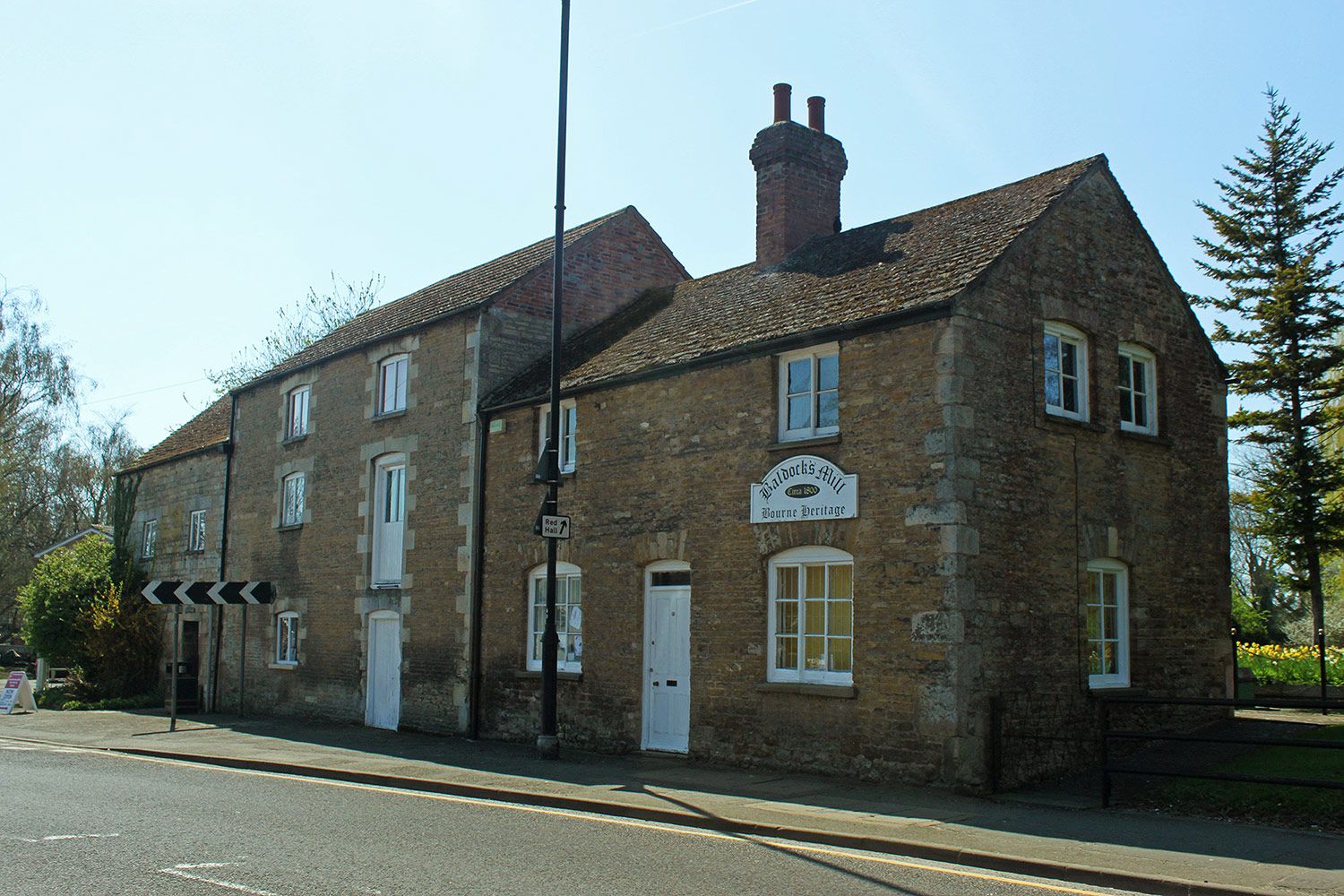
While Grimsthorpe is not a castle in the strict sense of the word, its character is massive and martial – the towers and outlying pavilions recalling the bastions of a great fortress in classical dress. Grimsthorpe has been the home of the de Eresby family since 1516. The present owner is Jane Heathcote-Drummond-Willoughby, 28th Baroness Willoughby de Eresby, granddaughter of Nancy Astor, who died at Grimsthorpe in 1964.
Opening Times: From June to 30th September, open Sundays, Mondays, Tuesdays, Wednesdays and Thursdays (Closes in the winter.)
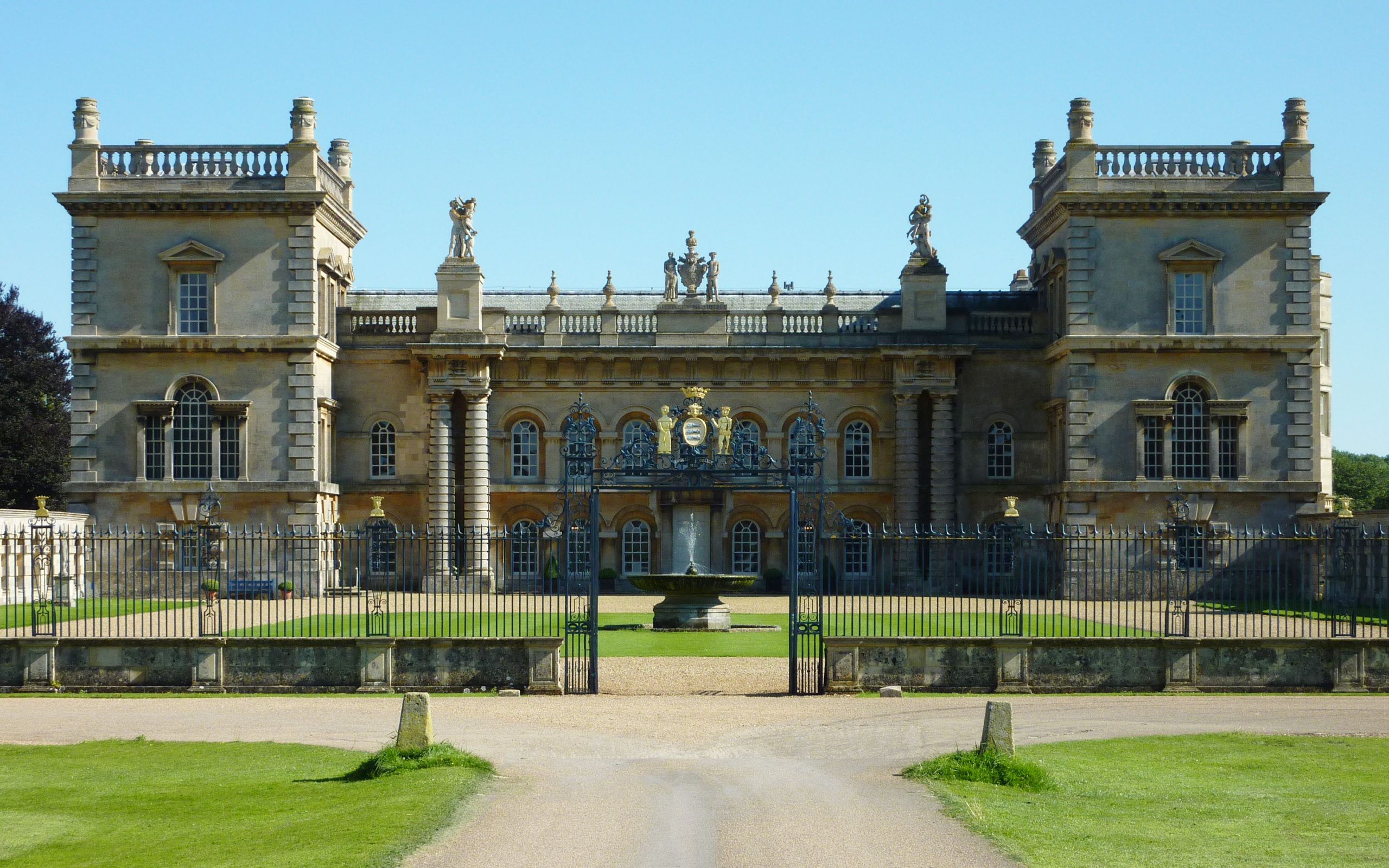
There are few better places than Rutland Water Park to enjoy time in the great outdoors -whether you are looking for some adrenaline-fuelled fun or a relaxing break. Set around beautiful Rutland Water and covering 4,200 acres of open countryside, the park offers everything from walking and cycling to fishing and watersports.
There is also a nature reserve, managed by the Leicestershire and Rutland Wildlife Trust and home to the Rutland Osprey Project. Both expert and novices are catered for, with everything you need to make the most of your visit, including cycle hire and expert tuition on boat handling.
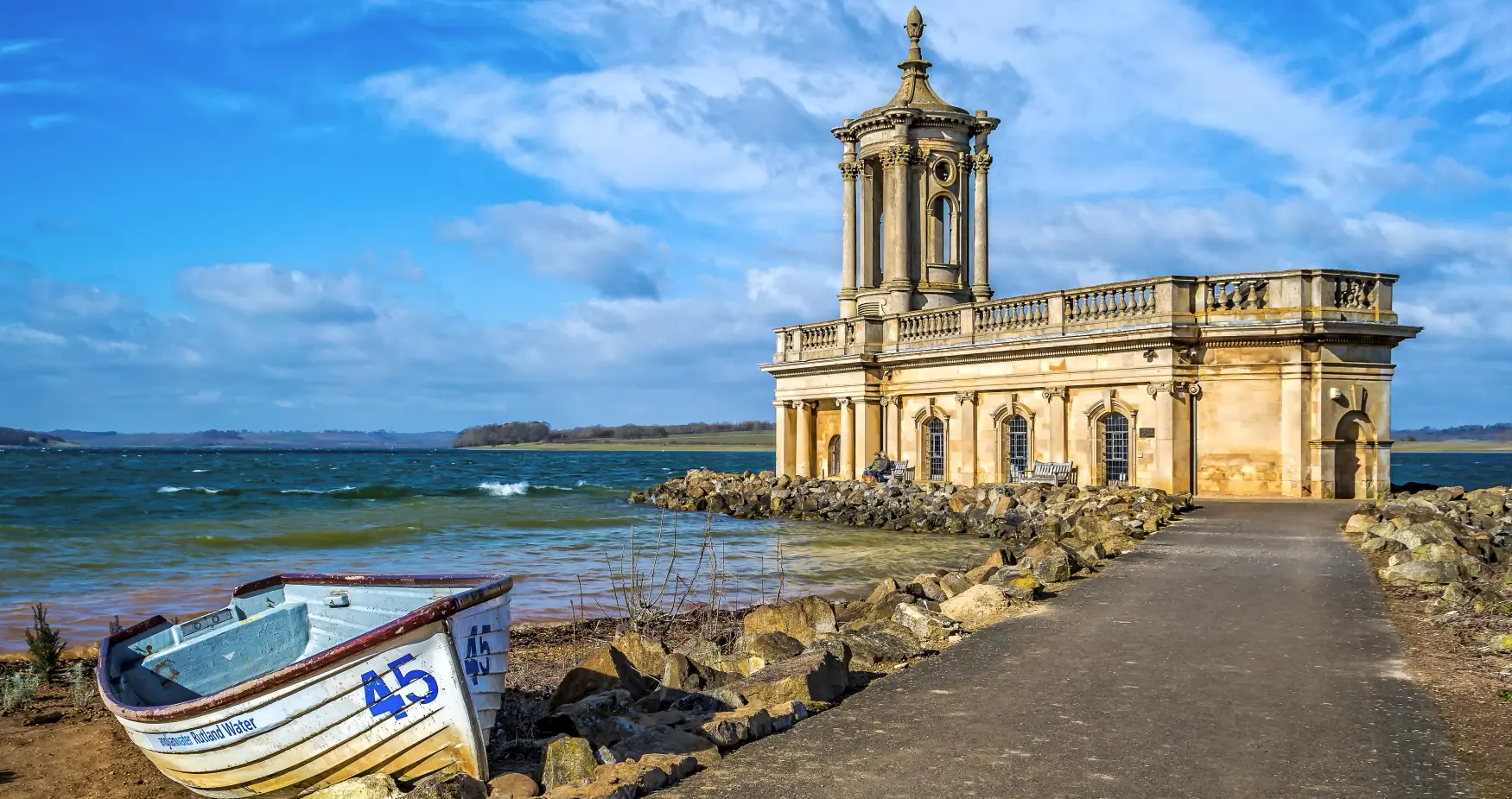
An outdoor activity centre only 9 mins away by car.
There are options to water ski, wakeboard, jet ski, dinghy sail, windsurf, or canoe. You can even walk on the water in one of the water zorbs! There is a dry ski slope, and a 15 metre climbing tower on the park.
The park is open all year round, however, certain activities are seasonal and you should check the website or call for availability. The reception/main office is manned 24 hours a day, seven days a week. Bookings and enquiries can only be dealt with daily from 9.00am until 9.00pm.
There is a £3 entry fee (per vehicle) which is refunded when participating in an activity or visiting the Pro Shop.
E-mail info@tallington.com
Phone: 01778 347000
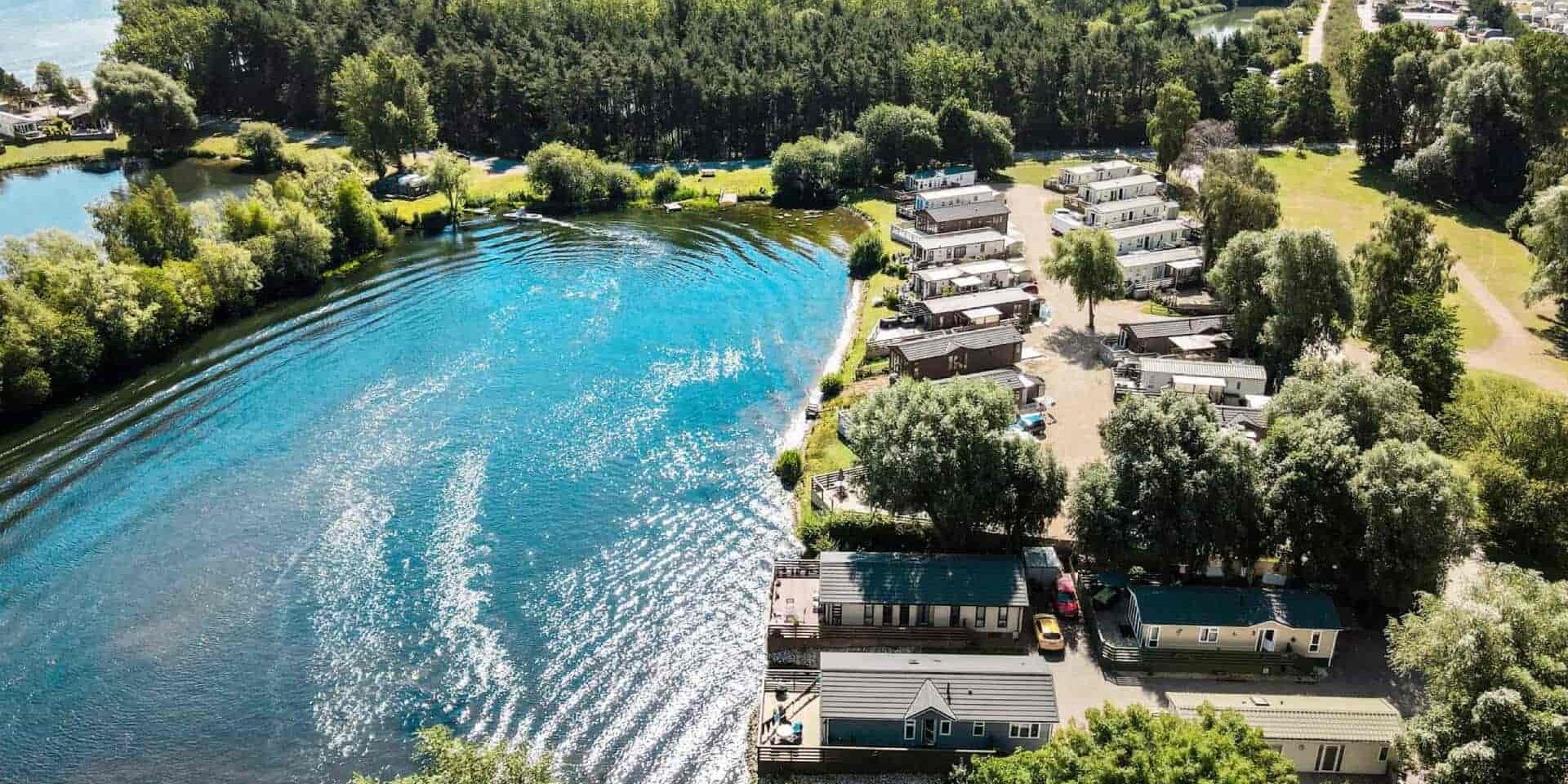
www.nationaltrust.org.uk/woolsthorpe-manor
This National Trust property is 25 mins away by car and is well worth a visit.
Without Isaac Newton this small manor would be just another Lincolnshire farmhouse – but in 1665 the plague sent him back from university to this place where he was born. For 18 months Newton worked in solitude, experimenting obsessively, laying foundations for the science of today.
Woolsthorpe Manor tells the story of Newton’s time at Woolsthorpe, from his birth and childhood to the discoveries of his Year of Wonders. In the 17th century manor house you can stand in the room where he used a prism to split sunlight into the colours of the rainbow, exploring the nature of light. From the window you can see the apple tree in the orchard which inspired his theory of gravity.
Coming back to the present day, you can discover Newton’s science for yourself in the hands-on Science Centre and walk to the village church (not National Trust) where he was baptised. For more than 300 years people have come to Woolsthorpe, drawn by his story to find their own inspiration in this place of genius.
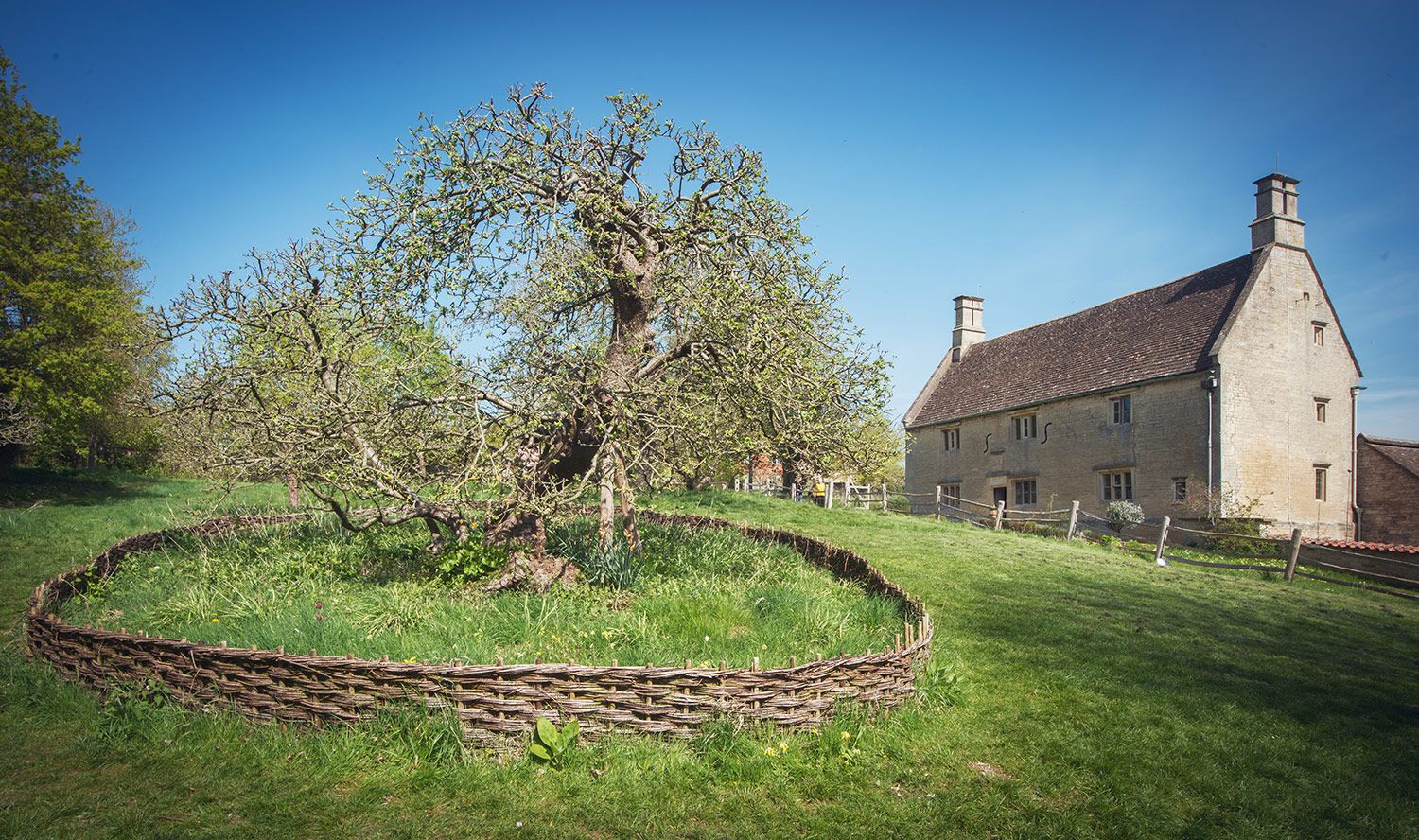
NVR thus offers the chance to experience of riding a steam engine; learn about the railway’s history; and explore the picturesque surroundings of the Nene Valley area. Wansford station is the headquarters of the Nene Valley Railway; Turntable Cafe, Shop and Toilets, disabled and child facilities are also located within the station building.
The picnic area at Wansford is open all year round. Sitting at one of the picnic tables you can watch the signalman operating the box at Wansford while the trains pass over the river, bridge and viaduct.
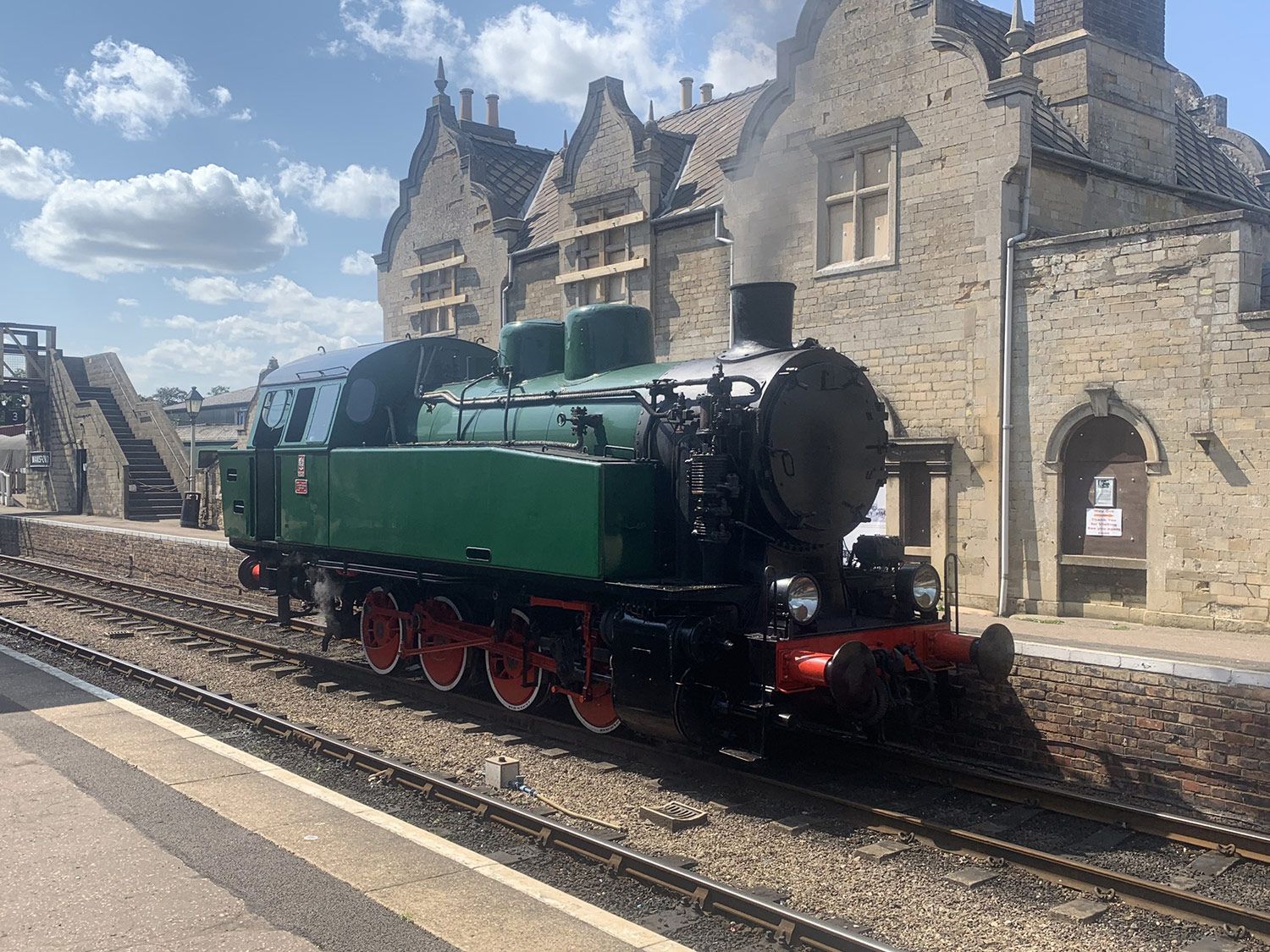
www.sacrewell.org.uk
20 mins away by car.
A great place for a family visit – especially for our younger guests, with animals (including pigs, sheep, horses, alpacas, ponies, goats – and a hatchery with quails and bantam chickens), outdoor spaces to discover and a recently restored eighteenth century watermill.
Explore food, farming and the beautiful Cambridgeshire countryside; there are exciting trails, themed around the site’s history, heritage, rare breed farm animals and award-winning outdoor play. (The Playbarn is a large indoor play area and great for younger ones if the weather is wet)
If we have ignited your interest in mills, the watermill has been fully restored (Melanie, who wants to restore the wheel to Fletland, is very jealous) thanks to a £1.4 million grant from the Heritage Lottery Fund. You can explore the four floors of the mill building (either on foot or using the virtual tour), discover the moving machinery that turns the wheat grain into flour and learn a little about what life was like for the Victorian miller and his apprentice.
The mill house is set in a different era, telling the tale of the Land Army girls who worked at Sacrewell and life on the home front in the Second World War. [We found that we had to book online rather than purchase tickets on site.]
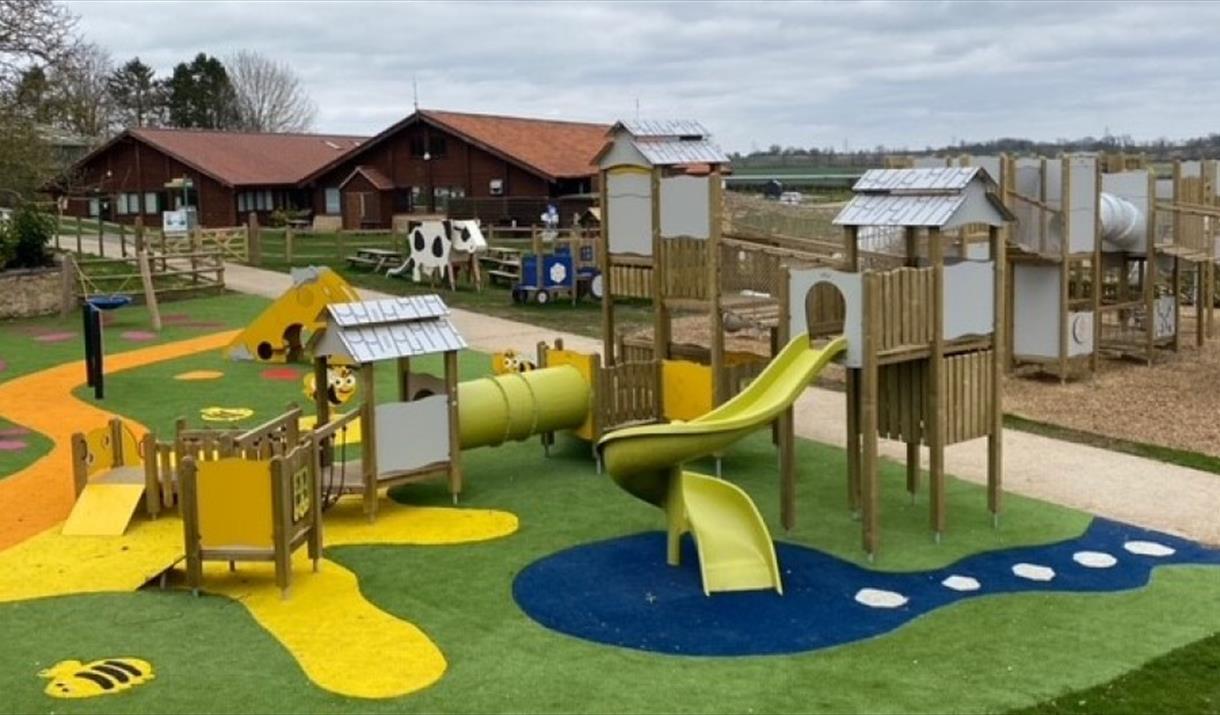
There has been a place of worship and prayer on the site for 1350 years, the present building approaching its 900th anniversary. With the superb Gothic West Front and beautiful hand-painted wooden nave ceiling, Peterborough Cathedral is the resting place of Henry VIII’s first wife, Katherine of Aragon.
The Cathedral was also once the resting place of Mary Queen of Scots until her body was moved to Westminster Abbey in 1612. The origins of the cathedral can be traced back to King Peada of the Middle Angles who founded the first monastery on the site in 655AD. The monastic settlement was almost entirely destroyed by the Vikings in 870 and rebuilt as a Benedictine Abbey between 960 and 970.
The Abbey church then survived Hereward the Wake’s attack on the Abbey in 1069, and remained intact until an accidental fire destroyed the second Abbey here in 1116. It was rebuilt in its present form between 1118 and 1238.
